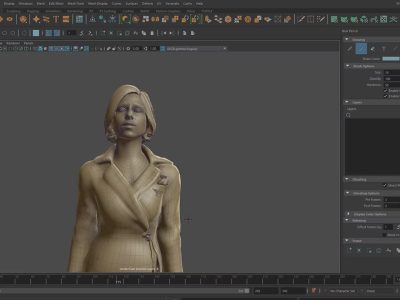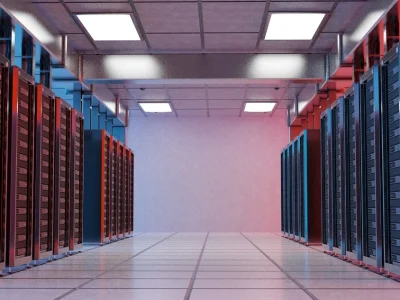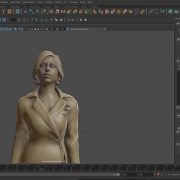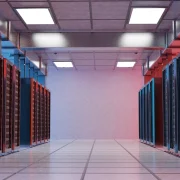The Printed Circuit Board (PCB) design process is a complicated one, and there are many aspects to consider. Listed below are some factors to consider, including the materials used, cost, and applications. To avoid any mistakes, make sure to read this article before you begin designing your PCB. Printed circuit boards are an integral part of electronics. Here are some tips to ensure your design meets safety requirements. Printed circuit boards can be used for a variety of purposes, including consumer electronic products.
Process
The process of printed circuit board design starts with the creation of a photomask, usually two to four times its true size. Then, component pin pads are laid out on the photomask and traces are routed to connect them. To increase efficiency, a manufacturer may use a rub-on dry transfer of common component footprints. The final design is then photolithographically reproduced on blank copper-clad boards. It’s a multi-step process that begins with the creation of a rough design and ends with the fabrication of the PCB.
A finished PCB is then tested to ensure it’s operating at maximum performance and within its output limits. In addition to being tested for functional performance, some boards may also be subjected to environmental tests. These include being exposed to high humidity and heat, vibration, and impact. In addition, solder fumes can be harmful, so the board is cleaned before it’s released into the environment. It’s important to remember that PCBs are very sensitive and must be carefully designed for safety.
Materials
The materials used in printed circuit board design determine the characteristics of the electronic components. They are usually dielectric composite structures composed of epoxy resin, paper, glass weave, or ceramics. They are usually designed to meet specific property requirements, such as dielectric constant and glass transition temperature. There are many different types of substrates, including FR-1 through FR-6. Depending on the type of circuit board, a different substrate may be used. Other common types of substrates include flexible PCBs made of Pyralux.
When selecting the right materials for a PCB design, keep in mind the application of the board. Different materials provide circuits with different qualities. In high-speed applications, designers might choose materials that offer improved electrical performance. Other considerations may include mechanical and thermal survivability. Other materials may be chosen to meet governmental requirements, such as the Restriction of Hazardous Substances (RoHS) directive of the European Union.
Costs
The cost of the printed circuit board (PCB) is directly proportional to the number of layers. Some manufacturers specify a minimum number of layers for improved circuit functionality and signal integrity. But if the end product requires only a few layers, then a large board with fewer layers would be cheaper. Other PCB technologies can decrease the board size while adding thousands of dollars to the prototyping cost. Blind vias can reduce the cost of the PCB and be justified in the case of wearable devices. Regardless of the number of layers, a few other considerations can reduce the cost of production.
The size and number of holes on a PCB will determine its overall cost. The size and number of holes will affect the assembly process. More holes mean more work and a higher price. The hole size is also a significant factor, as smaller holes require special tools and machinery. For large-scale production, a board with hundreds of holes will have additional costs. It is therefore advisable to avoid making too many holes on a PCB.
Applications
Printed circuit boards are vital components of a variety of industrial processes and products. These devices enable automation and help to reduce costs. Printed circuit boards can be specially designed for demanding industrial environments. Industrial equipment can have electronic components, such as power supplies, inverters, and other power control devices. It can also have measuring devices that help control variables in the manufacturing process. As these devices become increasingly sophisticated, they require more complex PCB designs.
PCBs can have multiple layers of copper that are almost always arranged in pairs. The number of layers and interconnection design is an indication of board complexity. The more layers, the more routing options and control over signal integrity. However, more layers increase the complexity and time-consuming manufacturing process. The selection of vias is crucial, as they help fine-tune the size of a board and escape signals from complex ICs.
If you are looking to have PCB manufacturing done for your project, contact Avanti Circuits today.













Comments